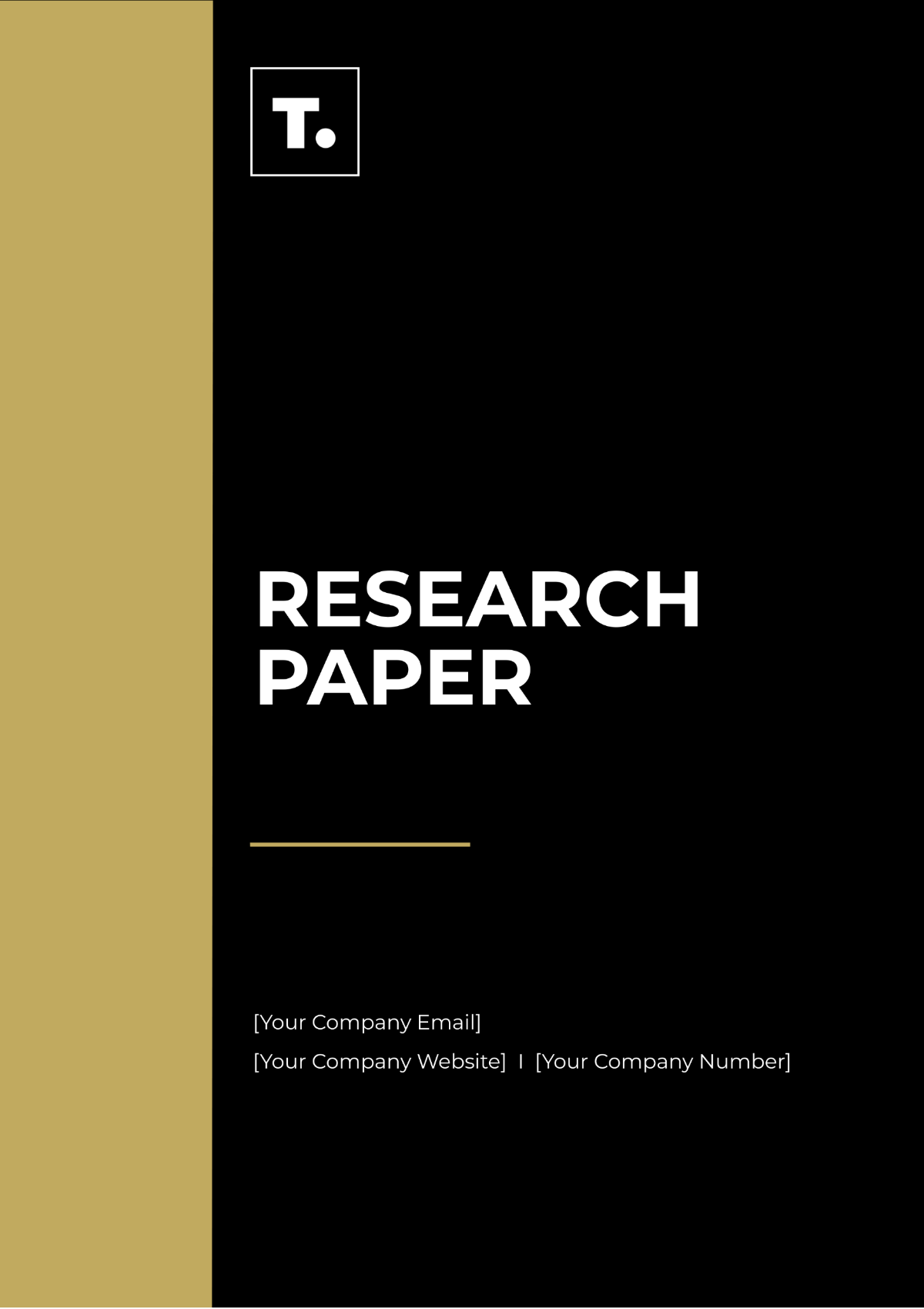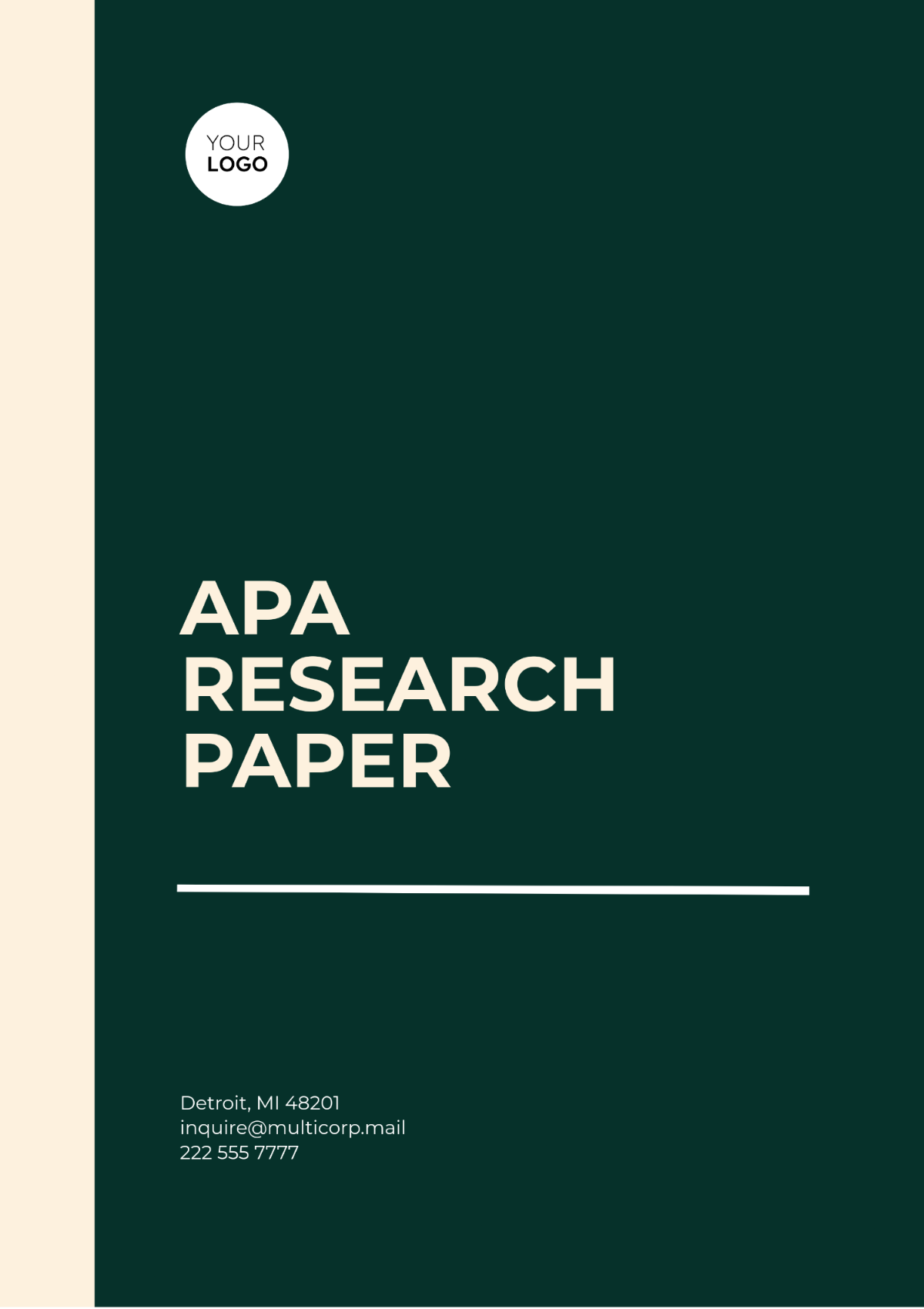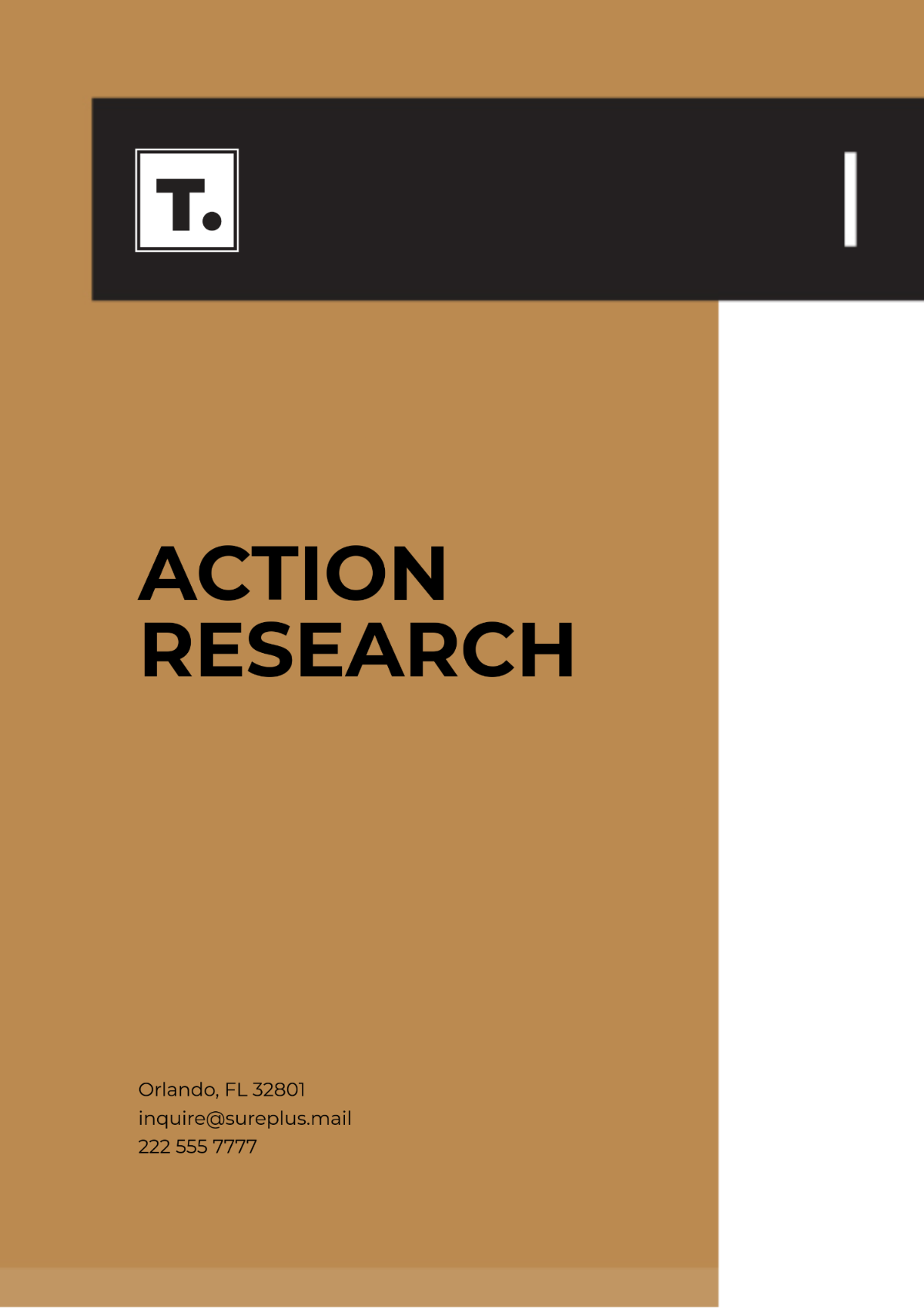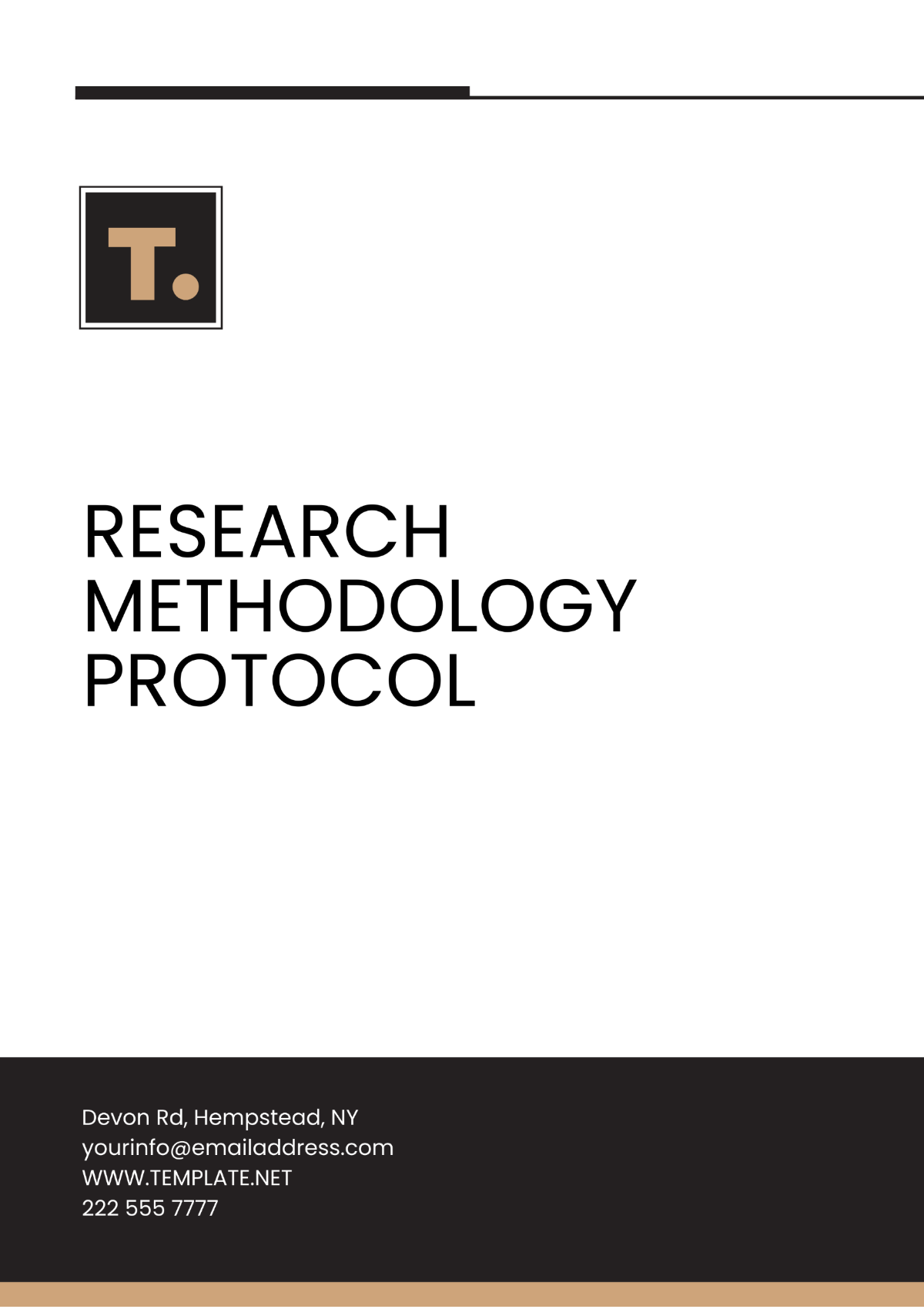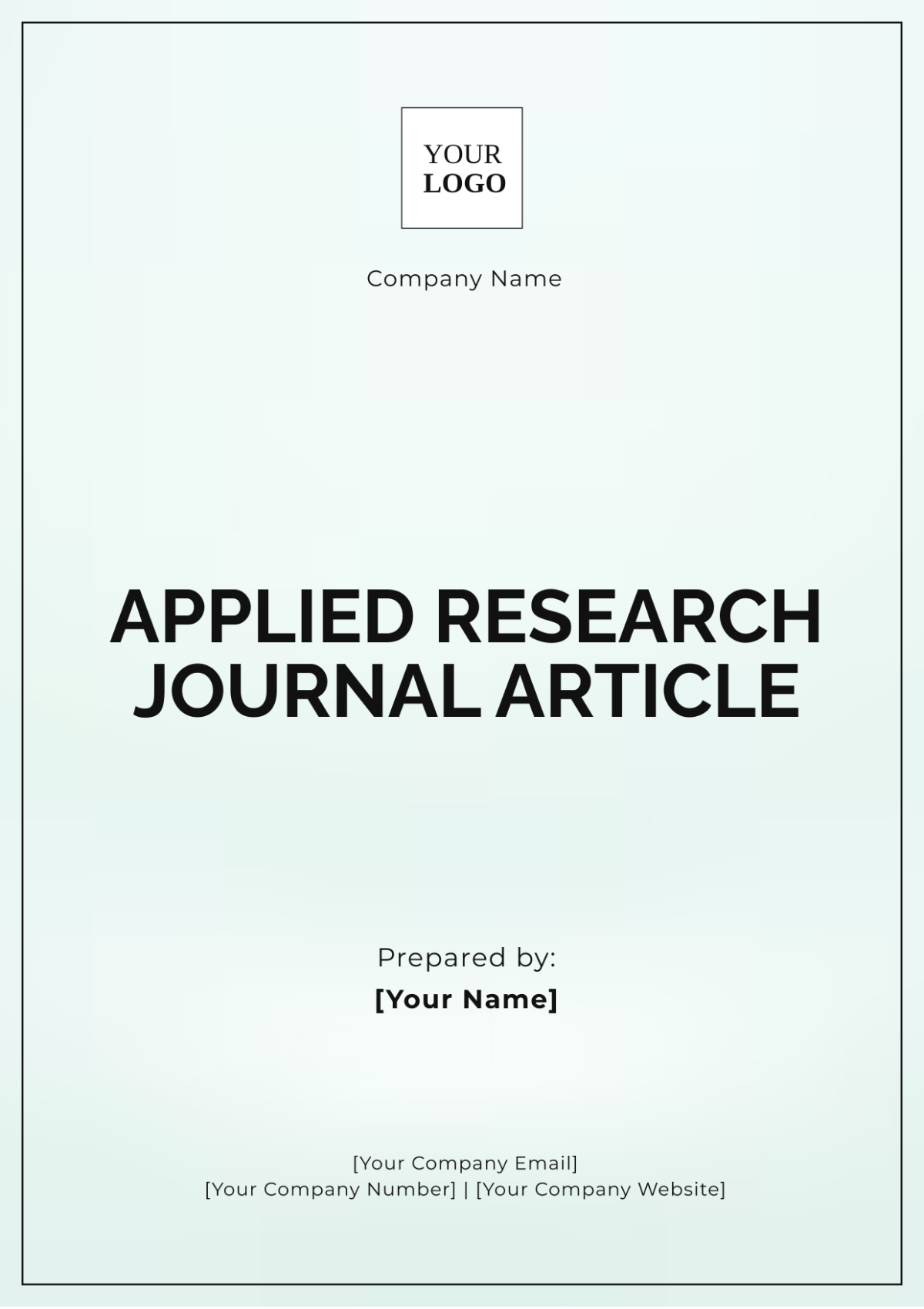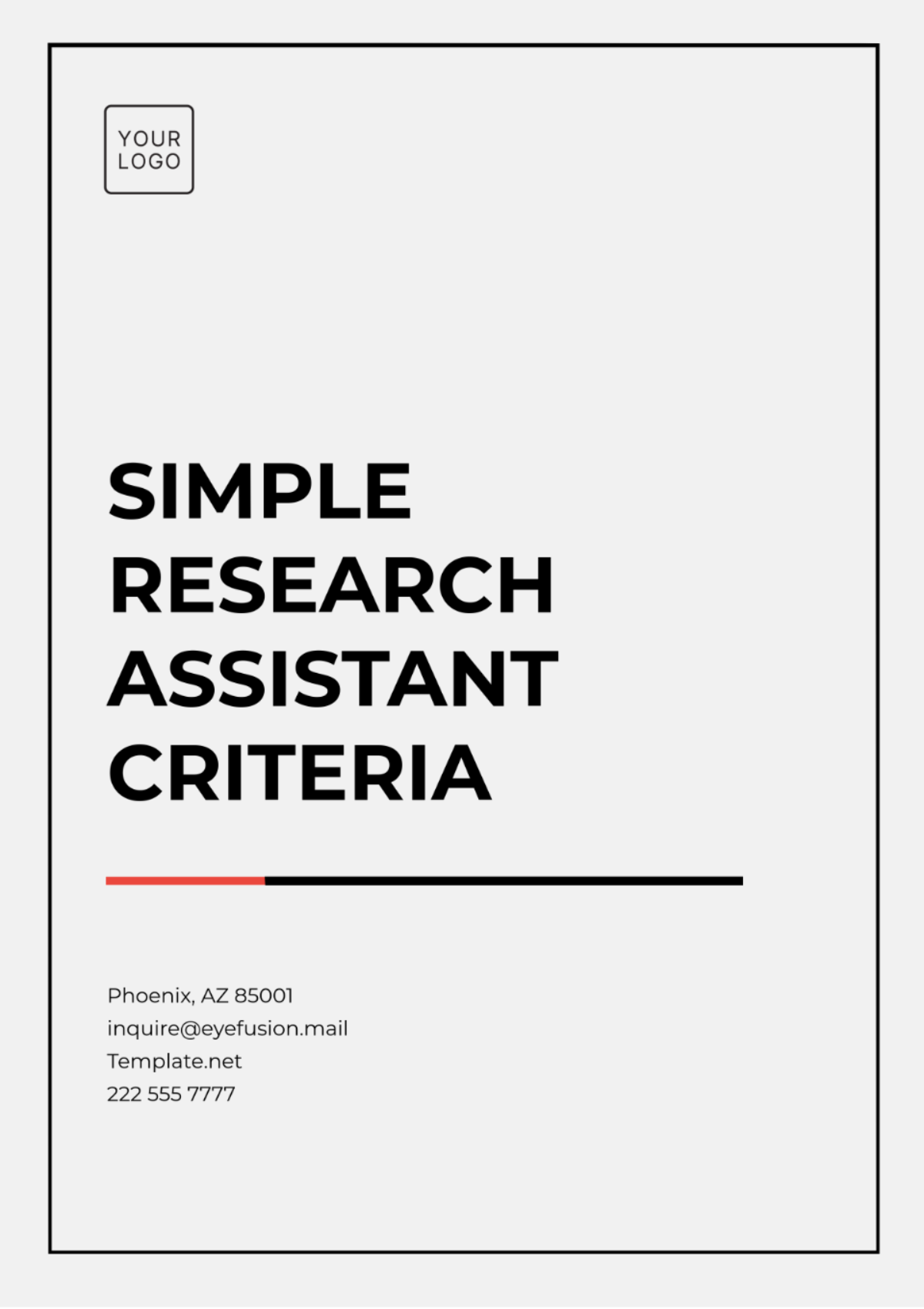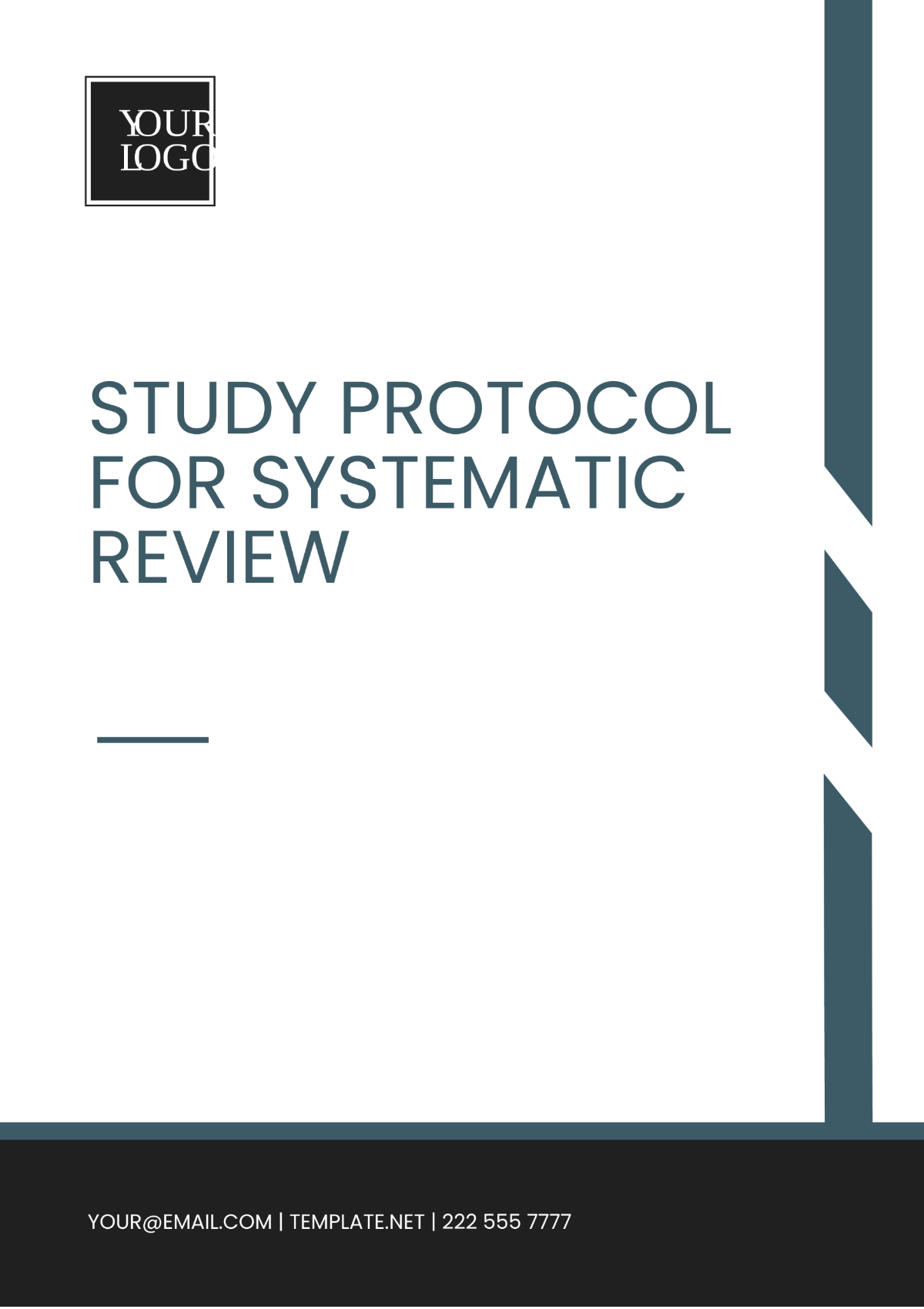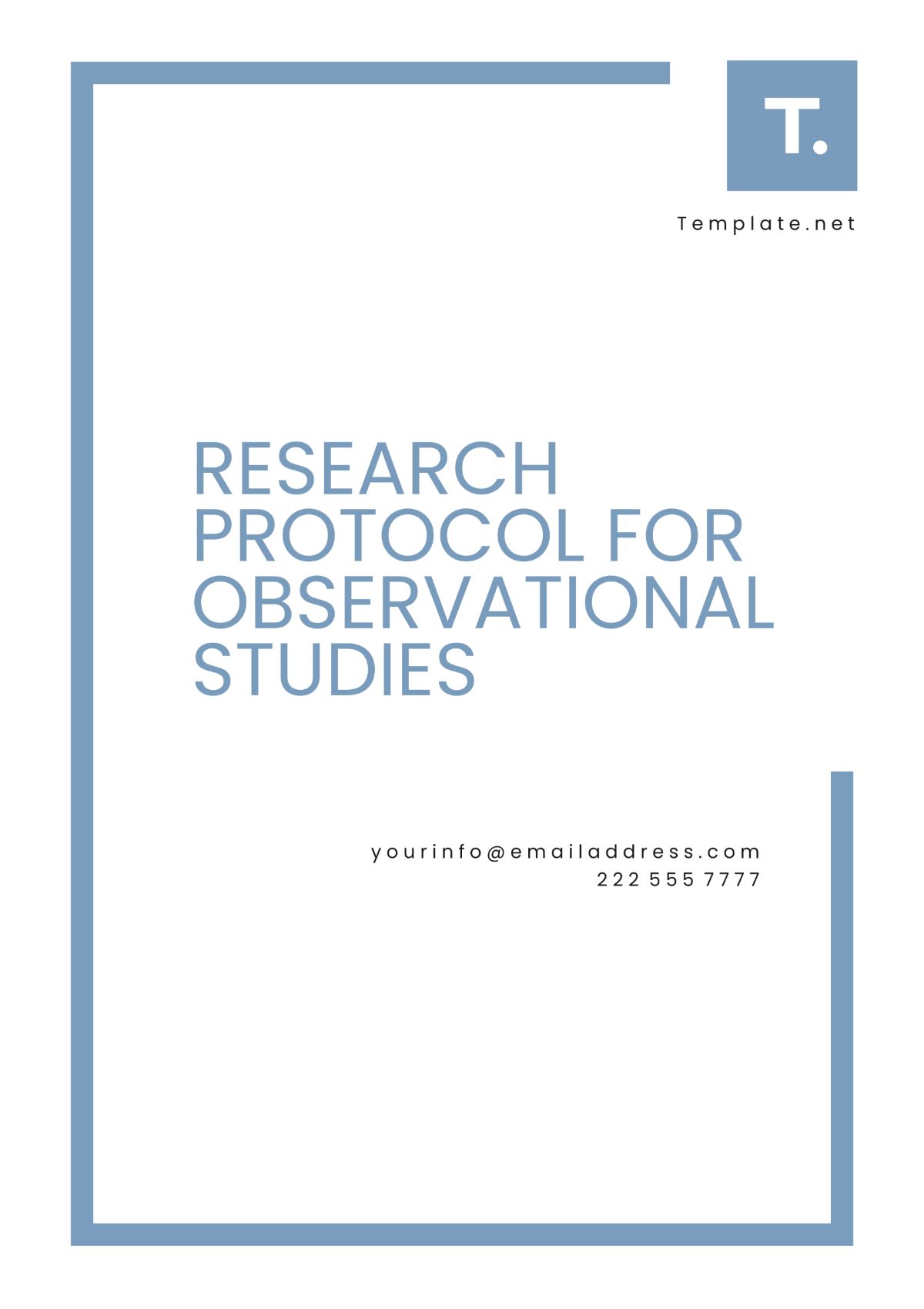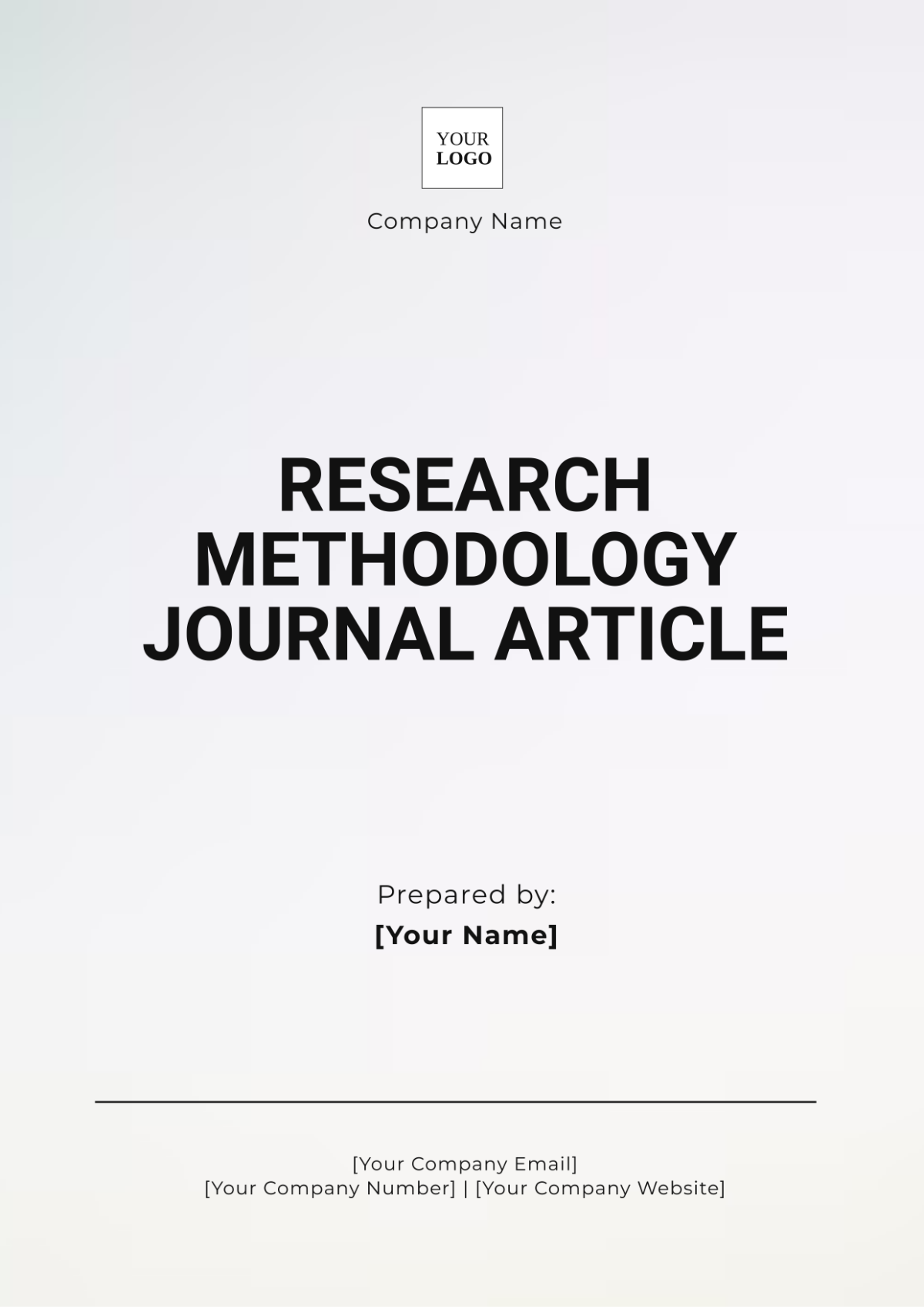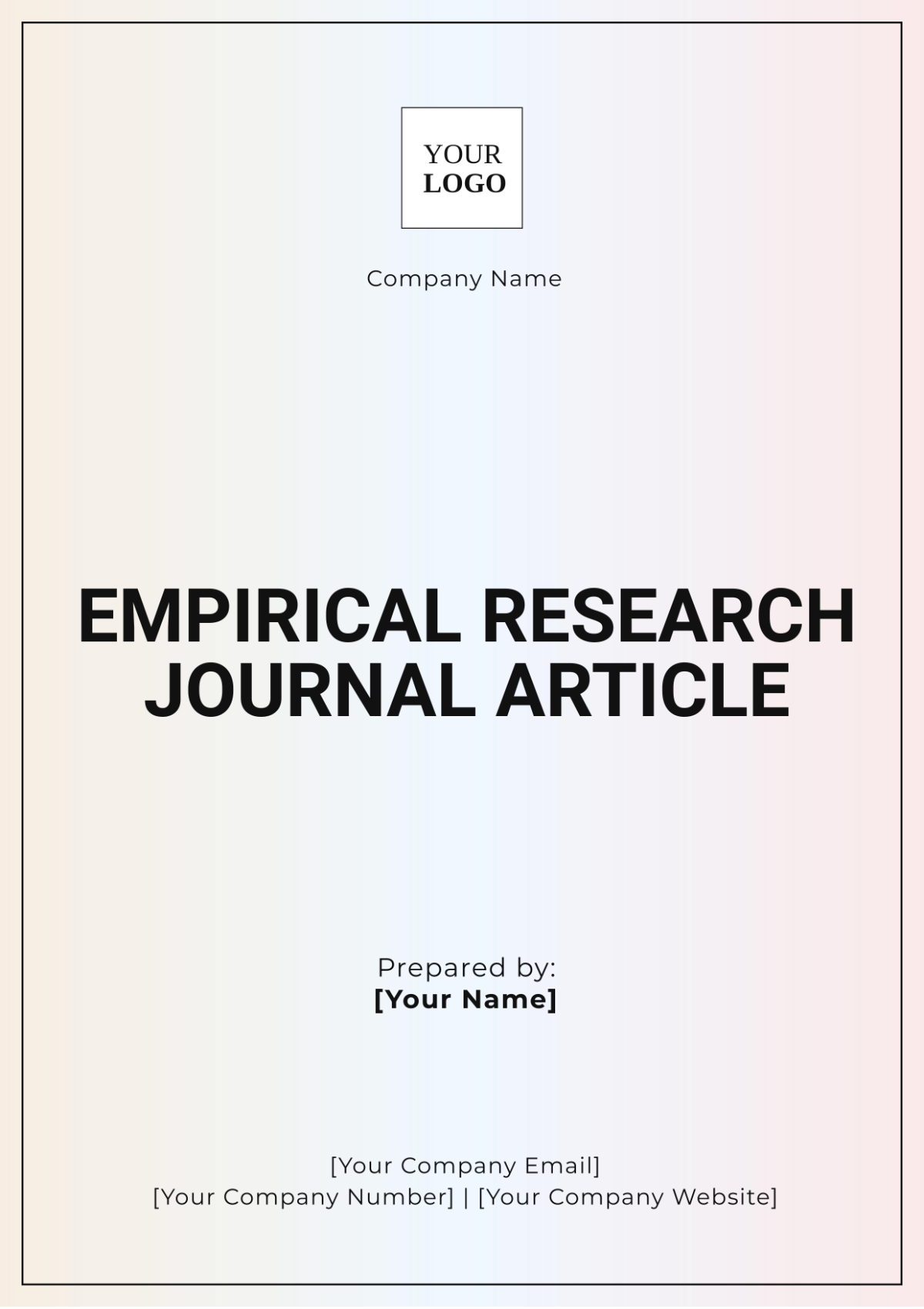Free Calibration Quantitative Research Template
Calibration Quantitative Research
Prepared by: [Your Name]
Date: [Date]
Calibration in quantitative research involves systematic methods to measure and adjust the accuracy of research instruments or models. It ensures that quantitative data collected is precise and reliable, often used in scientific, technical, and financial fields to validate the performance and accuracy of measurement tools or data collection processes.
I. Introduction
Quantitative research relies on precise and accurate measurements for robust data analysis and conclusions. Calibration serves as a vital process to validate and ensure the accuracy of instruments and models used in research. This paper reviews the methods, significance, application, and challenges of calibration in ensuring data reliability in various fields.
II. Methods of Calibration
Calibration methods can be broadly categorized into several types:
Direct Comparison: Comparing the instrument with a standard or reference to determine deviations.
Indirect Comparison: Using comparisons through intermediate instruments or variables.
Zero and Span Adjustments: Setting the measurement instruments to known zero and span points to ensure accuracy across the measurement range.
Environmental Calibration: Adjusting instruments based on environmental variables like temperature, pressure, and humidity to maintain accuracy.
III. Significance of Calibration
Calibration holds substantial importance due to the following reasons:
Ensures Data Accuracy: Calibration ensures that the data collected is accurate, reducing measurement errors.
Enhances Reliability: Regular calibration improves the reliability and consistency of the research data.
Compliance: Many scientific and technical fields require calibration as a compliance measure with regulatory standards.
Cost Efficiency: Proper calibration can prevent faulty measurements, thereby reducing wastage and additional costs.
IV. Application in Various Fields
Calibration is applied in a range of fields, including:
Field | Application |
|---|---|
Scientific Research | Ensuring the accuracy of laboratory instruments and experimental setups. |
Technical Engineering | Maintenance of instruments like sensors, gauges, and controllers. |
Financial Analysis | Validating software models and quantitative finance tools for accurate financial forecasting. |
V. Challenges in Calibration
Despite its significance, calibration faces several challenges:
Complexity: Calibration processes can be complex and time-consuming, requiring skilled personnel.
Cost: High-quality calibration requires resources, which might be costly for some organizations.
Frequency: Determining the appropriate frequency for calibration requires careful consideration to balance accuracy and cost.
Limitations in Standards: Availability and accessibility of appropriate standards for calibration can be limited.
VI. Conclusion
Calibration is crucial in ensuring the precision and reliability of data in quantitative research across various fields. While it poses some challenges, its benefits in enhancing data accuracy, reliability, and compliance far outweigh these challenges. Ongoing advancements in calibration methods and technology continue to support the efficacy of quantitative research.
VII. References
American National Standards Institute (ANSI). (2050). Calibration standards for industry. ANSI Publications.
International Organization for Standardization (ISO). (2050). ISO/IEC Guide 99:2017 - International vocabulary of metrology. ISO Publications.
National Institute of Standards and Technology (NIST). (2050). Guide for the use of the International System of Units (SI). NIST Special Publication 811.
Smith, J., & Doe, A. (2050). Advances in calibration techniques in quantitative research. Journal of Metrology, 45(3), 112-125.


